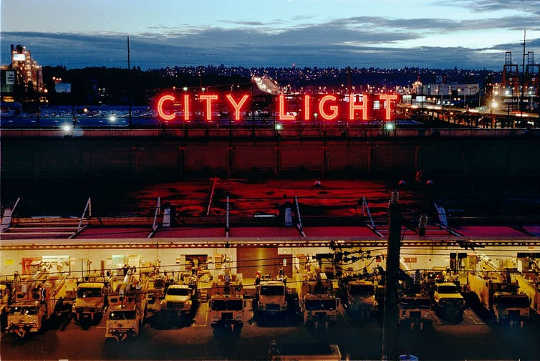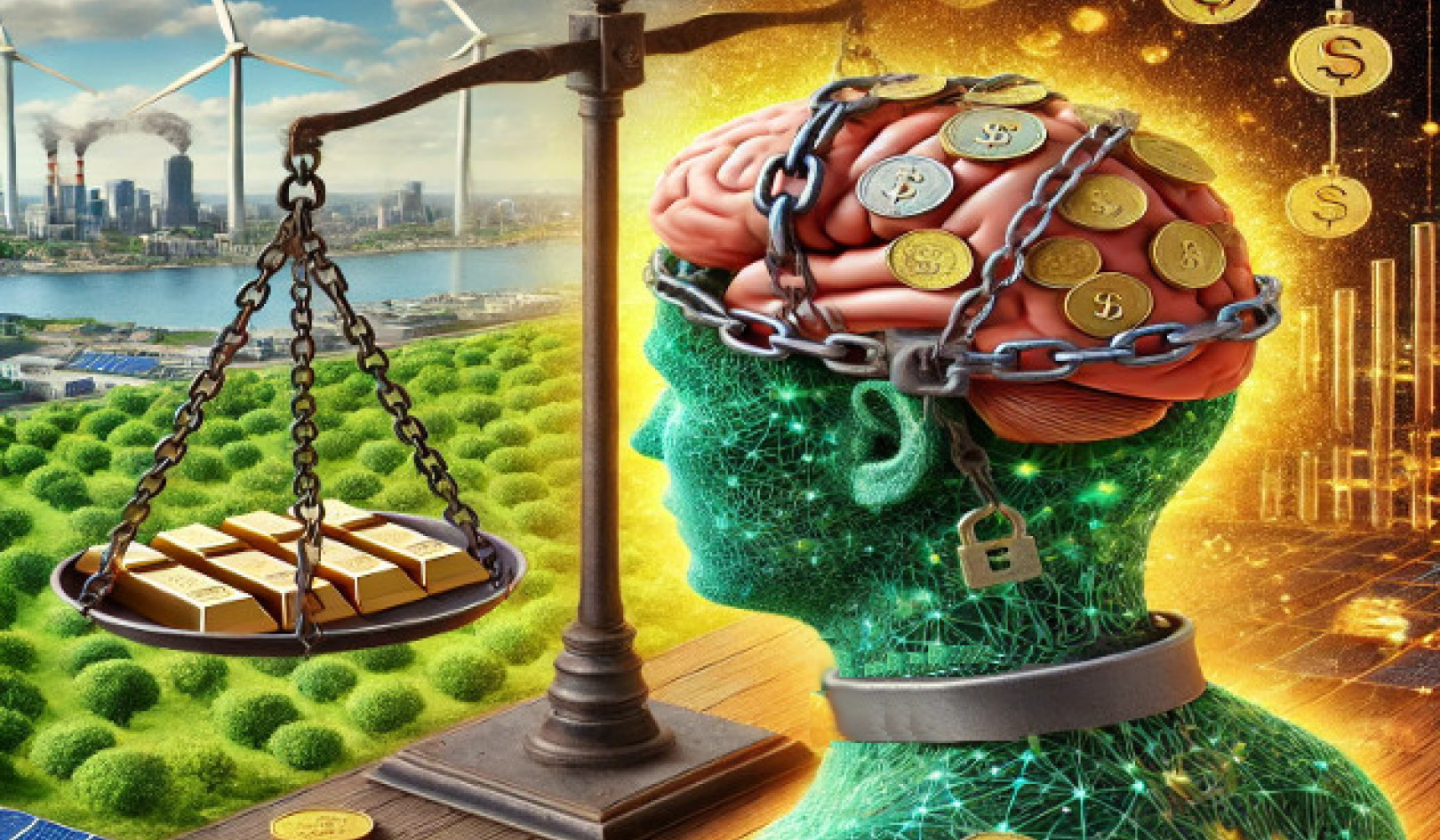
Big lights not inspiring nature. Seattle Municipal Archives, CC BY
Satellite images of the earth provide a striking picture of our planet during the hours of darkness. From space, the world at night appears as an intricate mass of tiny points of light, clustered into constellations of villages, towns and cities and linked by a spider-web of road networks. But can this be considered a form of pollution? What harm can light do to us or the environment?
It was astronomers who first put forward the argument that excess light could be viewed as a form of pollution, obscuring our view of the night sky – observatories must be located far from the glow of city lights. But a growing body of evidence suggests that artificial light may have more profound effects on the environment than simply polluting our view of the stars.
Nature’s light cycles
For nearly four billion years, life on earth has evolved under natural cycles of light – night and day, the phases of the moon and lengthening and shortening of days through the seasons. These cycles are hard-wired into the behaviour and physiology of animals and plants. They use the varying duration of daylight over the year as a cue to trigger seasonal events such as the breaking of buds for leaves and flowers in the spring, or mating and reproduction.
The internal biological clocks that regulate 24-hour cycles of production of the hormone melatonin in humans and other animals, are constantly recalibrated by alternating periods of light and darkness. Melatonin plays a crucial role in regulating sleep-wake cycles, chemically causing drowsiness when it’s time to sleep and lowering body temperatures when we’re out for the count.
The division of time between day and night regulates periods of activity and rest in animals – when to hunt or forage and when to sleep. And faint natural light sources help nocturnal animals to orientate and navigate. Recent research has shown, for example, that dung beetles use the faint trace of the Milky Way to find their way.
Environmental disruption
 Lightmare. Craig Mayhew and Robert Simmon, NASA GSFC, CC BY
Lightmare. Craig Mayhew and Robert Simmon, NASA GSFC, CC BY
The effects of introducing artificial light into these complex relationships can be profound, affecting the whole gamut of species. A few examples: we now know that urban light at night can advance egg laying in blue tits and bring forward the development of reproductive organs in blackbirds.
Light pollution can disrupt the annual migration of salmon, restrict the nightly movements of bats and increase mortality in young shearwaters and turtles. It can also change the foraging behaviour of wading birds and cause deciduous trees to produce leaves earlier in the spring and retain them later in the autumn.
Street lighting changes affect the structure of natural food chains. One study on grass verges under street lights found significantly higher numbers of predatory invertebrates including ground beetles and spiders, as well as scavengers, such as ants and woodlice than in unlit patches. We are only beginning to understand how these impacts may have deeper, long term consequences for nature conservation, biodiversity and the health of our ecosystems.
Restoring night
The simplest methods for reducing light pollution – like switching off or removing unnecessary outdoor lighting and only installing new lighting where there is a demonstrated need – have the added benefits of saving money and reducing carbon emissions. A suite of other ways to reduce the environmental impact of light, from the technologically advanced to low-tech, exist and could help to make progress.
The main barrier to making these reductions is lack of awareness that artificial light can be a form of pollution. Also, it is assumed that a brighter, whiter night-time environment is always safer, aesthetically pleasing and more desirable – this shouldn’t be taken as a given, and the evidence backing up these claims is often contested.
Preserving, where possible, darkness at night can help reverse some of the ill-effects that the explosion of light pollution in recent years is having on the environment. Plus, we’d all benefit from seeing more of the night sky’s natural beauty.![]()
About The Author
Jonathan Bennie, Associate Research Fellow, University of Exeter
This article is republished from The Conversation under a Creative Commons license. Read the original article.
Related Books
at InnerSelf Market and Amazon























